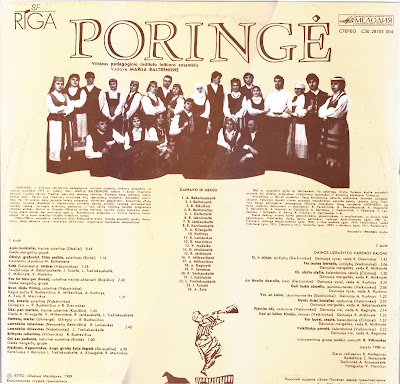This is a copy of a commercial tape by the great singer and ud player Muhammad Jum'ah Khan. Born in 1903, perhaps, he mastered different styles of Yemeni singing. He was from a region called Hadramawt in the east but could sing in other styles like those of Sana'a, Lahji or Yaf'i. He died in 1962 but he is still highly venerated according to the Yemen Times where I found the following :
He learnt the basics of reading and writing in the local madrasa and
was distinguished by his voice. He was apt for reciting verses from the
Holy Quraan and poetic verses and he was among the pupils who were
usually performing on public occasions.
When he was fifteen, he joined the Sultanate brass band, led by an
Indian and he remained a member of it until he was 29. He got promotions
while he was there as he could successfully play various types of
musical instruments and excelled particularly in playing qanbous and
oud. Ultimately he was appointed a leader of the band.
Mohammed Jum'ah Khan formed his own band when he retired from the
Sultan band. He took up singing as a profession. His first appearance
with the band was in a solo performance playing oud and tambourine.
Later, his fame grew and spread over Arabia and Africa.
He sang for different producers using verses from the poetic
collections of many great Arab literary figures such as Basharah
al-Khawri, Zuhair bin Abi Salma and Antarah bin Shaddad. Khan could
reach the hearts of the people through his mastery over the art of
signing and his identification with the versifier.
Of the testimonies made in his favor is that of late Farid al-Atrash,
famous Egyptian singer, who, when listening to the audio recording of
the performance of Khan with his band, praised him and could hardly
believe that the band consisted of only four members.
This tape besides Jum'ah Khan features an anonymous (for me) violin player, an instrument rare enough in Yemen it seems, and a percussion player. So it's an example of Yemeni music at its best.
There are no titles; I got the tape from a friend who lived in Yemen for a while.





































